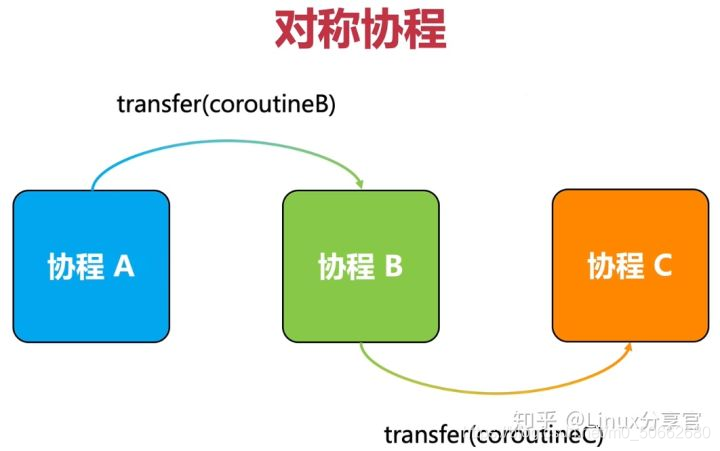年轻人会用 C++ 实现一种协程吗?

前言:在前几天接触到了协程的概念,觉得很有趣。因为我可以使用一个线程来实现一个类似多线程的程序,如果使用协程来替代线程,就可以省去很多原子操作和内存栅栏的麻烦,大大减少与线程同步相关的系统调用。因为我只有一个线程,而且协程之间的切换是可以由函数自己决定的。
一、介绍
我有见过几种协程的实现,因为没有 C/C++ 的原生支持,所以多数的库使用了汇编代码,还有些库利用了 C 语言的 setjmp 和 longjmp 但是要求函数里面使用 static local 的变量来保存协程内部的数据。我讨厌写汇编和使用 static local 变量,所以想出了一种稍微优雅一点又有点奇技淫巧的实现方法。 这篇文章将向你展示这种方法基本原理和实现。

二、基本原理
用 C/C++ 实现的最大困难就是创建,保存和恢复程序的上下文。因为这涉及到了程序栈的管理,以及 CPU 寄存器的访问,但是这两项内容在 C/C++ 标准里面都没有严格的定义,所以我们是不可能有一个完全跨平台的 C/C++ 实现的。但是利用操作系统提供的 API,我们仍然可以避免使用汇编代码,接下来会向你展示使用 POSIX 的 pthread 实现的一种简单的协程框架。什么!??Pthread?那你的程序岂不是多线程了?那还叫协程吗!没错,确实是多线程的,不过仅仅是在协程被创建之前的短暂瞬间。
要创建子程序的上下文,我们可以调用 pthread_create 函数来创建一个真正的线程,这样操作系统就会帮我们创建上下文(这里包括初始化 CPU 寄存器和程序栈)。然后在线程启动时,使用 C 语言的 setjmp 把这些寄存器备份到外部的 buffer 里面。创建完后,这个线程便失去了它的存在价值,所以可以果断干掉它了。不过还需要注意一点,就是在创建线程之前,需要调用 pthread_attr_setstack 函数来显式地声明使用的程序栈,这样线程退出的时候,系统就不会自动销毁这个程序栈。至于上下文的恢复,显然就是使用 longjmp 函数了。
三、创建上下文
下面是 RoutineInfo 的定义。为了简单起见,所有错误处理代码都被省略了,原版本的代码在 coroutine.cpp 文件中,省略版的代码在 coroutine_demonstration.cpp 文件中。
然后,我们需要一下全局的列表来保存这些 RoutineInfo 对象。
接下来是协程的创建,注意当协程的时候,程序栈有可能已经被损坏了,所以需要一个stackBack作为程序栈的备份,用来做后面的恢复。
然后是 CoroutinneStart 函数。当线程进入这个函数的时候,使用setjmp保存上下文,然后备份它自己的程序栈,然后直接退出线程。
四、上下文切换
一个协程主动调用 Switch() 函数,才切换到另一个协程。
五、演示
用户的代码很简单,就像使用一个线程库一样,一个协程主动调用 Switch() 函数主动让出 CPU 时间给另一个协程。
记得在链接的时候加上-lpthread链接选项。程序的执行结果如下所示:
版权声明: 本文为 InfoQ 作者【ShenDu_Linux】的原创文章。
原文链接:【http://xie.infoq.cn/article/34ec22d554e6054e531fc20f4】。文章转载请联系作者。












评论 (1 条评论)